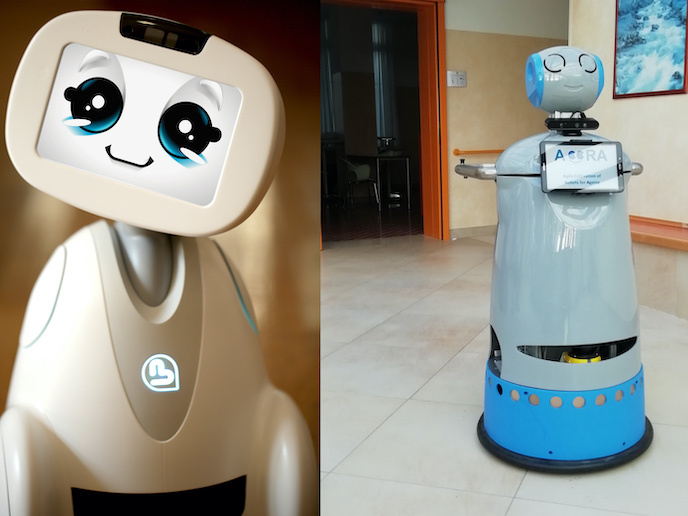Innovative supercomputers architectures to achieve better energy efficiency
Modern society is becoming increasingly dependent, not just on consumer electronics goods such as smartphones, but also on massive calculations performed by ever-faster supercomputers. Be it weather forecasting or manufacturing the perfect wind turbine or fuel-efficient car, huge supercomputer systems, comprising thousands of smaller computers, are needed to cope with the highly complex tasks required. Computers – in the home, workplace and data centers – are currently responsible for 15 % of worldwide electrical energy demand and this figure is rising as technology swiftly expands. FIPS project) aims to make supercomputing more energy-efficient by combining traditional high-performance processors with alternative ones able to handle a task’s simpler computations and thus reduce the system’s overall energy demand. ‘Our goal is, on average, to be 30 % more energy efficient than anything else achieved to date,’ said Domenik Helms, Manager Technology Cluster at OFFIS and FIPS coordinator. ‘It’s not just about reducing CO2 emissions, but facilitating higher performance. The more energy efficient the computation, the more we can afford to do.’ Building a new type of supercomputers The FIPS team is building a new kind of supercomputer, optimising the performance/watt ratio by using lower-consuming alternatives such as smart-phone processors, 3D graphic chips and the reprogrammable FPGAs (Field-Programmable Gate Arrays) used in modems and network switches. Since a typical supercomputing program consists of a huge number of small jobs, some of these can be run on the alternative architectures, reducing the number of high-energy, high performance processors needed for the job. To solve programming difficulties arising from using so many different processors, FIPS has also designed a new methodology whereby a single programming language is enough for the supercomputing program carrying out the job. The program also predicts the time it will take and the energy it will consume. Applying the methodology for analysing human genome while saving energy The FIPS methodology has already been successfully applied in the project to analyse billions of data for a human DNA sequence alignment library, using alternative FGPAs. The tools designed in the project supported developers in all aspects of their work, from identifying and characterizing the computational kernels to configuration of the hardware. Performance, at 0.8 Giga cell updates per second (GCUPS) per watt, proved almost 1.3 times as energy efficient as the same task performed using top of the line graphics cards and almost 100 times as efficient as using traditional processors. ‘There’s not a machine today that can decode your whole DNA, and the quest here was not to do it fastest, but as energy-efficient as possible, without wasting money. We knew we could be better, but to double energy efficiency for this application was a real achievement,’ commented Dr Helms. ‘Now the target of the project is to widen the number of applications on which we test the methodology and attract the investment to bring it to market,’ he added. FIPS involves nine partners in six EU countries, runs until September 2016 and is receiving EUR 3 million from FP7.
Keywords
FIPS, high performance computing, HPC, DNA, energy efficiency, supercomputing, FPGAs







